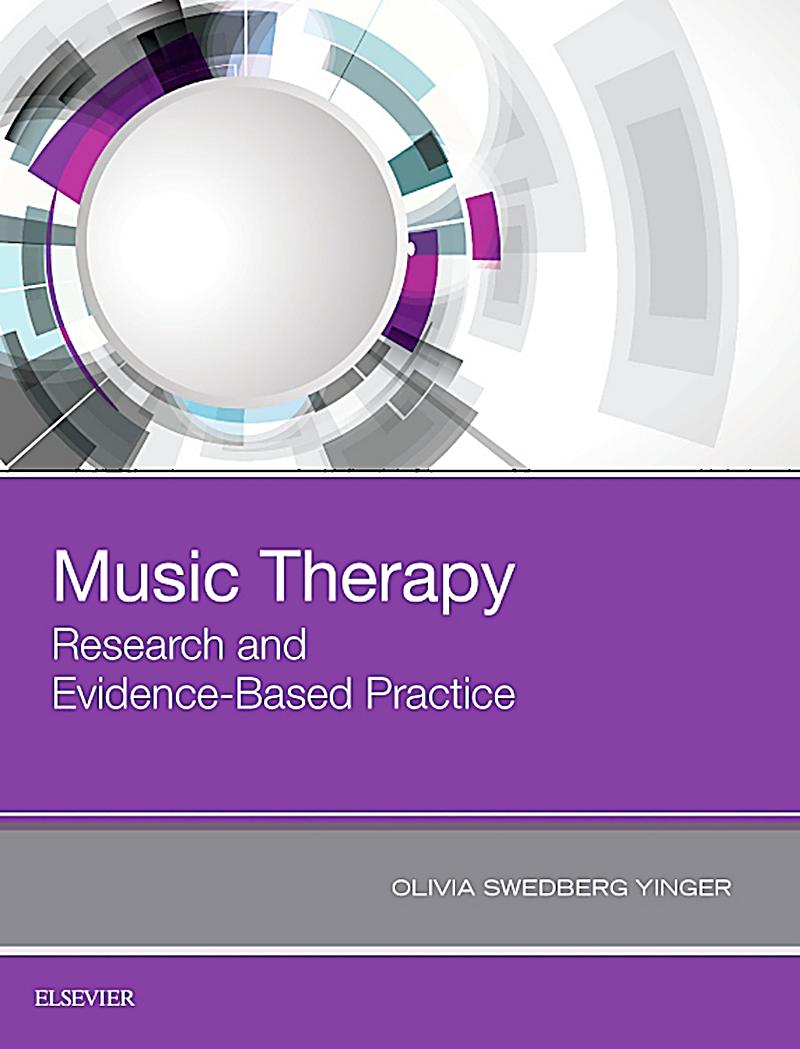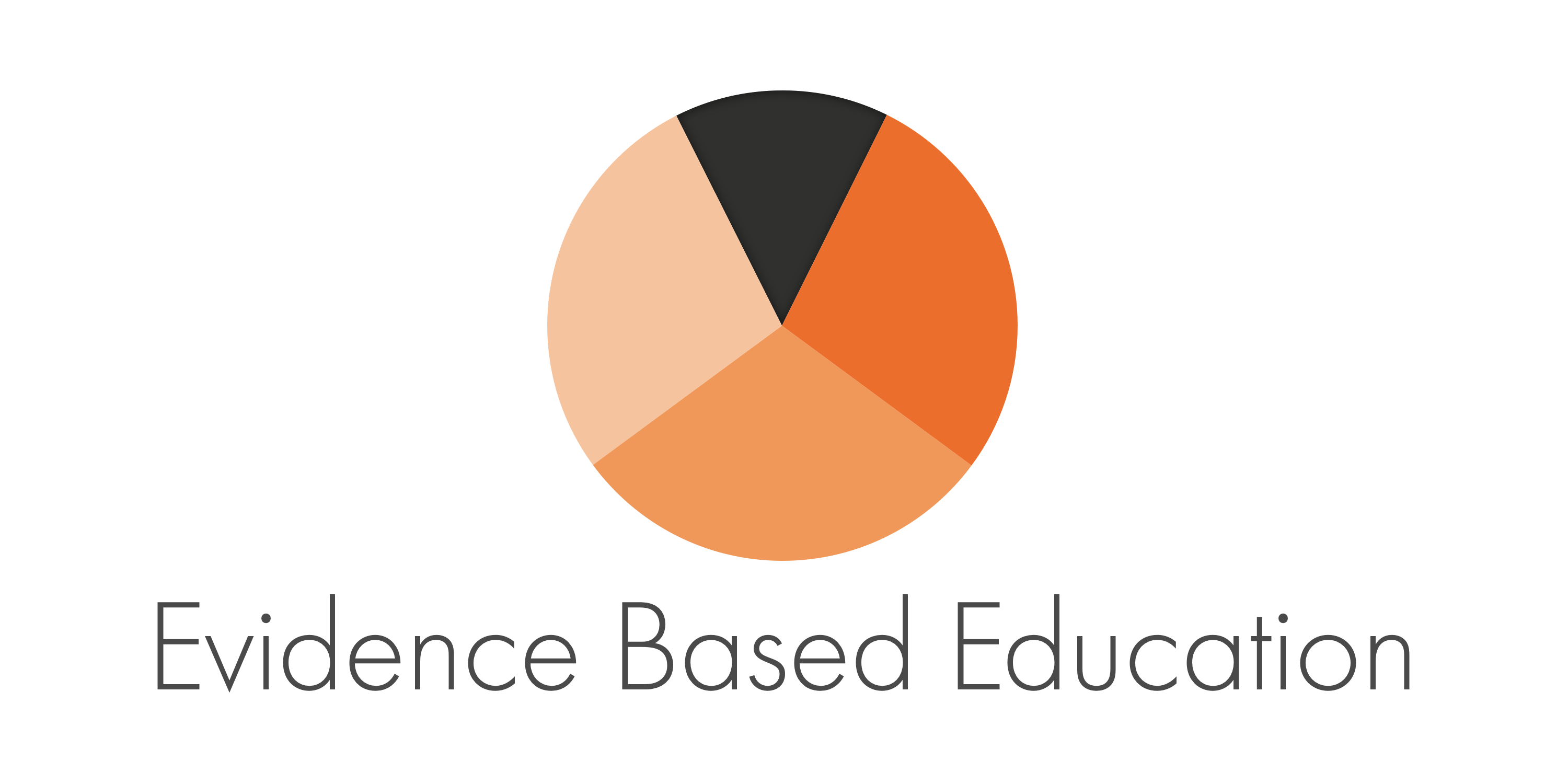-
Gallery of Images:

-
Research and evidence With a key focus on evidence based practice, there is a need to further embed nursing and midwifery research capacity, capability and. Evidencebased practice (EBP) is based on the integration of critically appraised research results with the clinical expertise, and the clients preferences, beliefs and values. This study is part of the 2018 Families and Whanau wellbeing work programme. It explores whether some groups of sole parents are more likely to experience multiple disadvantage than others and if the types of disadvantage vary across different sole parent groups. Evidencebased care concerns the incorporation of evidence from research, clinical expertise, and patient preferences into decisions about the health care of individual patients. 14 Most professionals seek to ensure that their care is effective, compassionate, and meets the needs of their patients. Therefore sound research evidence which tells. Research Evidence hroughout this presentation of the framework, claims have been made that are founded in empirical research. Many of those claims have been summarized here, and a sample of research articles that support those claims have been listed below each (If a full reference is needed, it can be found in the References section). Rating System for the Hierarchy of Evidence: Quantitative Questions. Level I: Evidence from a systematic review of all relevant randomized controlled trials Original research articles Where are they found? CINAHL, MEDLINE, Proquest Nursing Allied Health, PsycINFO, PubMed. Research and Evidence Facility on Migration in the Horn of Africa The Horn of Africa (HoA) is a region with a long history of crises, including conflict, natural disasters, and mass displacement of people both within and across its borders. Core Evidence DBT Research Updates How DBT Helps To Adopt or Adapt About Us Contact Us Our Impact Trainers and Consultants Ambassadors Staff Founded by Marsha Linehan What Our Customers Say Employment Opportunities Home Research Core Evidence. There is a wealth of evidence supporting the effectiveness of DBT. Learn about evidenceinformed decisionmaking, and why research is an essential element of it. Understand the different scenarios when using evidence can help you, as well as the types of evidence you might need at different stages of development. Research, Evidence base and Outcomes. DDP integrates research in the areas of attachment theory, developmental trauma, the neurobiology of trauma, attachment and caregiving, intersubjectivity theory and child development. Research and Evidence Research within the osteopathic profession has taken place over a number of years; capacity in terms of research active osteopaths is steadily growing. To understand the types of research designs used in osteopathic research, stengths, uses and limitations in claims of treatment benefit, refer to our briefing. This paper reports on the statistics and research evidence on writing both in and out of school. The use of qualitative research methods in nursing research is common. There is a need for Clinical Nurse Specialists (CNSs) to become informed regarding how such qualitative findings can serve as evidence for nursing practice changes. As the use of qualitative research methods proliferates. CHAPTER TWO RESEARCH EVIDENCE 15 In Chapter 1, reference was made to research evidence, but it was not explained in full. As a student new to the science of Research, evidencebased practice (EBP), and quality improvement support the three main goals of the Magnet Recognition Program and the Magnet Model component of new knowledge, innovation, and improvements. The three main goals of the Magnet Recognition Program are to: 1) Promote quality in a setting that supports professional practice 2) Identify excellence in the delivery of nursing. What are the levels of evidence? In evidencebased practice, the term evidence is used deliberately instead of proof. This emphasizes that evidence is not the same as proof, that evidence can be so weak that it is hardly convincing at all or so strong that no one doubts its correctness. Evidencebased research provides the basis for sound clinical practice guidelines and recommendations. The database of guidelines available from the National Guideline Clearinghouse and the recommendations of the U. Preventive Services Task Force are especially useful. By basic definition, evidence is proof supporting a theory. It is the smoking gun and bullet taken from the crime scene. In other words, the gun and bullet (evidence) support the victims death by gunshot wound (theory). A number of studies show that researchers, research funders, regulators, sponsors and publishers of research fail to use earlier research when preparing to start, fund, regulate, sponsor or publish the results of new studies. The best research evidence is usually found in clinically relevant research that has been conducted using sound methodology. (Sackett D, 2002) The evidence, by itself, does not make the decision, but it can help support the patient care process. Levels of Evidence Quickly find and determine the quality of the evidence. DynaMed Plus provides easytointerpret Level of Evidence labels so users can quickly find and determine the quality of the best available evidence. Why Challenge Day; Research shows that Challenge Day develops important leadership and social and emotional skills. Our vision is still far from being realized. For too many teens, bullying, violence, emotional trauma and alienation are part of a typical school day. Research shows that for every 100. Under the Evidencebased Practice Centers (EPC) Program of the Agency for Healthcare Research and Quality, 5year contracts are awarded to institutions in the United States and Canada to serve as EPCs. PRovocation PaPeR FoR the aLLiance FoR useFuL evidence sandra nutley, alison Powell and huw davies recommendations, but concerns remain as to what kinds of research evidence can or should underpin such labelling schemas. This leads us to examine hierarchies of evidence: study design has long been used as a key. Research Evidence is from a research study or critical appraisal and summary of multiple research studies Research is designed to answer specific research questions Data gathered from subjects and analyzed rigorously [statistically or thematically Follow strict rules of conduct Controls for bias [chance of other influences. evidence but also other types of research evidence, such as information about the programs logic and capacity, including implementation. Additionally, one should look at whether the program is equipped to reduce inequities at the population Research data indicated similar levels of posttrauma symptom severity for all three symptom clusters among people who had endorsed the experience of only a traumatic type event and people who had reported the experience of only stressful negative life events [e. , loss of job, problems with school or work, or change in financial status. Level of evidence (LOE) Description. Evidence from a systematic review or metaanalysis of all relevant RCTs (randomized controlled trial) or evidencebased clinical practice guidelines based on systematic reviews of RCTs or three or more RCTs of good quality that have similar results. Evidencebased practices have been demonstrated in formal research studies to be related to valued outcomes for children and their families. A reasonable question is if Schoolwide Positive Behavior Interventions and Supports (PBIS) is an evidencebased practice. The UK governments plans for clinical governance include the use of evidencebased practice in decisionmaking. However, there is considerable uncertainty in nursing about the differences between evidencebased practice and research. Although evidencebased practice encompasses more than just applying the best available evidence, many of the concerns and barriers to using EBP revolve around finding and applying research. APTA is committed to help physical therapist develop, synthesize and use evidence. Evaluating the evidence from medical studies can be a complex process, involving an understanding of study methodologies, reliability and validity, as well as how these apply to specific study types. Understanding Evidence Part 1: Best Available Research Evidence. is a publication of the National Center for Injury Prevention and Connection Between Research and EvidenceBased Practice Sharon Cannon and Carol Boswell Evidencebased practice (EBP) Research process Obstacle Research utilization PICOT At the conclusion of this chapter, the learner will be able to 1. Sep 28, 2018 The Opioid Epidemic: Collecting Now for Future Research Sep 28, 2018 Data Classification and Protecting Information Sep 28, 2018 Losses of Private NonGroup Health Insurance a Key Driver Behind 2017 Increases in Uninsurance. More News The first section of the document highlights research evidence on reading for pleasure from domestic and international literature; exploring evidence on the trends and benefits of independent. Research Evidence Library Use this page to explore analytical resources we've compiled related to nonstate education. You can conduct an advanced search. The first step to using research evidence is finding it. The next step is appraising the quality of the research evidence. The final step is applying what you've found. The following webpages provide an introduction to each of these steps and links to external resources. The Centre for Research and Evidence on Security Threats (CREST) is a national hub for understanding, countering and mitigating security threats. CREST brings together the UKs foremost expertise in understanding the psychological and social drivers of the threat, the skills and technologies that enable its effective investigation, and the. Since 2009, the Foundation has supported a range of studies that provide insight into how policymakers, administrators, and service providers acquire, interpret, and use research evidence, and how research use affects policy and program decisions. The research that supports UDL falls into four categories: foundational research of UDL, research on the UDL principles, research on promising practices, and research on implementation of UDL. To see the specific research evidence related to each Checkpoint, navigate to the individual Checkpoint's page and select the Research link in the sidebar. Cognitive behavioral therapy (CBT) refers to a popular therapeutic approach that has been applied to a variety of problems. In general, the evidencebase of CBT is very strong. However, additional research is needed to examine the efficacy of CBT for randomizedcontrolled studies. Moreover, except for children and elderly. Distinguishing Expert Teachers from Novice and Experienced Teachers. 1 Teachers Make a Difference What is the research evidence? John Hattie1 University of Auckland To propose research on improving the use of research evidence, applicants should clearly identify how they conceptualize and will operationalize the use of research evidence. Studies should focus on an area in which a body of research evidence, if used, has the potential to benefit youth. It discusses the research evidence showing that it is what teachers know, do and care about which is very powerful in the learning equation. In particular, Hattie identifies three dimensions of expert teachers behaviours that the research shows are especially important. January is a time for new resolutions and no little resolve. Join the gym, read some books, mark the schoolwork on time. For the busy teacher, perhaps there is the resolution to read some research evidence, making some positive changes along the way. This paper reports on the statistics and research evidence on writing both in and out of school, covering pupils in primary and secondary schools. It includes domestic and international evidence, and makes references and comparisons to reading where appropriate..
-
Related Images:











